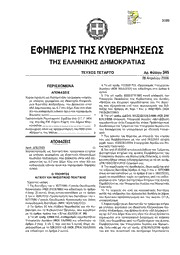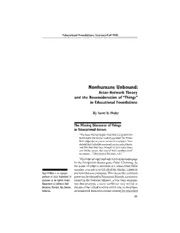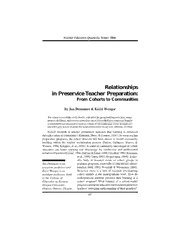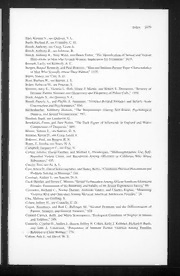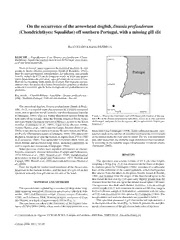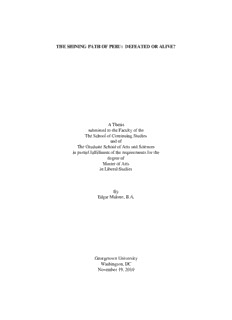
THE SHINING PATH OF PERU: DEFEATED OR ALIVE? PDF
Preview THE SHINING PATH OF PERU: DEFEATED OR ALIVE?
THE SHINING PATH OF PERU: DEFEATED OR ALIVE? A Thesis submitted to the Faculty of the The School of Continuing Studies and of The Graduate School of Arts and Sciences in partial fulfillment of the requirements for the degree of Master of Arts in Liberal Studies By Edgar Malone, B.A. Georgetown University Washington, DC November 19, 2010 THE SHINING PATH OF PERU: DEFEATED OR ALIVE? Edgar Malone, B.A. Thesis Advisor: Prof. Nicholas Palarino, Ph.D. ABSTRACT This study concerns the Shining Path of Peru and its relationship with the emergent democratic government during the presidencies of Belaunde, Garcia and Fujimori. This thesis was to collected pertinent evidence that can help the reader to understand the rise and fall of the Shining Path in Peru, providing the proper facts that support its defeat by the Fujimori presidency. The methodology used in this work relied on a comprehensive account of historical information of the economic, political and social situation in Peru during 1980s-1990s trying to explain how the Shining Path evolved from a regional organization to a highly organized insurgent group bringing Peru‟s government to the brink of terror and generalized fear. Additionally, the study is based in the analyses of Fujimori‟s new policies dealing with terrorism and his controversial self- coup of 1992 leading with the capture of Shining Path‟s leader Abimael Guzman. Fujimori‟s new approaches for old problems policies successfully defeated the serious terrorist threat that the Shining Path represented for the Peruvian government proving that the Shining Path no longer represents a security concern for the Peruvian government. However, the author recommends the implementation of a consistent national reconciliation plan that will serve as a unifying mechanism to ii overcome the potential drivers of conflict such as economic exclusion, social injustice and repression against the vast majority of Indigenous people in Peru. Furthermore, the execution of diverse social programs that can mitigate the drivers of conflict must be addressed accordingly by the current administration in order to avoid the development of new reactionary movements in the years to come. iii This thesis work is dedicated to all the victims of the terrorist violence in Peru, especially to those assassinated in the Peruvian highlands of Ayacucho. Many thanks to my Peruvian family, friends, classmates and professors for the constant encouragement and support during this venture. Edgar Malone iv TABLE OF CONTENTS ABSTRACT……………………………………………………………………ii LIST OF TABLES……………………………………………………………..vi INTRODUCTION……………………………………………………………....1 CHAPTER I. DEFINING TERRORISM…………………………………...…..8 What is terrorism? .....................................................................................9 Terrorism: Causes, ideas, and trends……………………………….......17 CHAPTER II. THE SHINING PATH………………………………………….21 Origins and history………………………………………………….......23 Peasant communities, the land problem………………………………...29 Ethnic relations, poverty, social injustice…………………………….....31 Abimael Guzman Reynoso………………………………………….......37 Ideology and modus operandi……………………………………….......39 CHAPTER III. THE PERUVIAN GOVERNMENT 1980s-1990s…………......48 Fernando Belaunde Terry: 1980-1985 (Second Term)………………....49 Alan Garcia Perez: 1985-1990……………………………………..........55 Alberto Kenyo Fujimori: 1990-2000………………………………….....61 CHAPTER IV. THE SHINING PATH AND THE PERUVIAN GOVERNMENT………………………………………………………………..73 Belaunde and Garcia‟s ineffective counterinsurgency plans………….....74 Fujimori counterinsurgency strategy………………………………….....78 The Shining Path without Abimael…………………………………........83 CHAPTER V. CONCLUSIONS……………………………………………......89 CHAPTER VI. RECOMMENDATIONS……………………………………...95 BIBLIOGRAPHY……………………………………………………………....98 v LIST OF TABLES Table 1. GDP Per capita Indicators in Peru from 1980-1999 (USD)…………69 Table 2. GDP Growth Indicators in Peru from 1980-1999 (%)………………70 Table 3. Incidence of Terrorists Attacks in Peru 1980-1984………………….85 Table 4. Incidence of Terrorist Attacks in Peru 1985-1989…………………..86 Table 5. Incidence of Terrorist Attacks in Peru 1990-2000…………………..87 vi INTRODUCTION The terrorist tragedy, which the Peruvian government and its people confronted from the 1980s until its dramatic suppression after the events of 1992, is the main focus of this thesis work. The Shining Path, Peru‟s bloodiest terrorist organization in recent years, is the main element in this thesis work in which political and military actors played a critical role in the development of terrorism experience in the land of the Incas. The methodology used in this thesis is based on a comprehensive review of several historical events as well as the analysis of different economic indicators trying to assess and compare the trends during the governments of three Peruvian presidents: Fernando Belaunde, Alan Garcia, and Alberto Fujimori. The study of the counterinsurgency efforts, along with the analysis of the economic and political circumstances during the rise and fall of Shining Path, is presented in this piece of work, as it is crucial to the understanding of this Maoist terrorist group. Additionally, the study of the Shining Path‟s origins, modus operandi, ideological doctrine and its repercussions in the Peruvian society are also part of this thesis work, where the decisive leadership role of Abimael Guzman as the Shining Path‟s mastermind was essential in the mobilization and consolidation of Peru‟s brutal terrorist organization. The terrorism phenomenon has transformed by adopting an amorphous configuration in which its definition and conceptualization is subject to constant 1 debate by diverse opinions and points of view. The terrorism threat also represents a global security concern in which the international community, led by the United States, is working together to mitigate and understand the causes and motivations of terrorist insurgency around the world. The complex dynamics of the causes and origins of terrorism, along with its varying contextual scenarios are vital in a comprehensible conceptualization of terrorism. Defining terrorism can be challenging because for some people terrorism is defined as criminal violence seeking political change. Conversely, for others terrorism is “the revolution from below” where violent actions are necessary to overcome oppression or injustice. The first chapter of this thesis work mainly focuses on the terrorism phenomenon based on it is complex definitions depending on several variables and according to the constant changes in the economic, social and political trends in the world. Additionally, the analysis and comparison of the diverse ideas of Bruce Hoffman, Omar Malik and the US government are relevant in trying to unveil this complex subject. Hoffman‟s contribution, which tries to define the terrorism menace, is based on a political perspective in which the terrorism phenomenon is understood as the struggle for power seeking change with serious political implications in any given social structure. In the Shining Path case, Hoffman‟s definition fits into this concept because Shining Path launched its popular war against the Peruvian government 2 seeking political transformation for diverse reasons including economic oppression, social injustice and the government‟s lack of implementation with social programs that could assist the basic needs of its citizens. The comparison of the several views on terrorism is critical in order to acquire an unbiased approach trying to portray the terrorist wave in the world. However, the complexity of terrorism in a globalized world has been subject to transformations according to its intricate contextual meaning, opening a gap for a consensual definition. The second chapter focuses on the nuts and bolts of this thesis work. The Shining Path of Peru is presented in this part of this historical work, where its origins, roots, ideology and reign of terror threatened the emergent democratic nation of Peru in early 1980s. The origins of this Maoist terrorist group in Peru can be founded in the impoverished and forgotten department of Ayacucho, where a handful of local intellectuals organized and ignited the spirit of rebellion against the government due to the lack of social inclusion and economic depression to which most marginal areas in Peru have been subject for many decades. Moreover, the ethnic-class mechanics in the Peruvian society is another key element in the study of the causes and origins of Shining Path‟s popular war due to the fragmented social stratification, where the indigenous people were associated with the poor and bad while the wealthy and good are clearly linked with people of white-Caucasian features. Furthermore, the assessment of the role 3 of Shining Path‟s leader, Abimael Guzman, is highly important in this section due to his ideology and its symbolic meaning for Shining Path militants. The body and soul of Shining Path is represented in Abimael, where the portrayal of a strong and charismatic figure was critical in the development of a highly organized insurgent group that mobilized and capitalized on the frustration of the people in the Peruvian highlands, leading with the formation of this terrorist group. The economic, political and social status quo during the rise and suppression of Shining Path is presented in chapter three. I consider the study of the economic and political situation during the presidencies of Belaunde, Garcia, and Fujimori is extremely significant in unveiling how life was in Peru during 1980s-1990s. Personally, I am extremely invested in this chapter because I lived in Peru during these tragic times where fear, terror and a collective paranoia assaulted Peru‟s capital, opening one of the darkest episodes in Peruvian history. The car bombings, cold blooded murders, assassinations of political figures, power outages, scarcity of food, and astronomic inflation indicators were the daily highlights in my neighborhood‟s newspaper stand. These memories have inspired me to come out with a different perspective of how life was in Peru during the massive terrorist violence that Shining Path imposed on the Peruvian society. However, I placed special emphasis on the political polarization that the government of Peru had to deal with during these bad years where the lack of 4
Description:The list of books you might like

Believe Me

The Mountain Is You

Haunting Adeline

What Happened to You?

Lenoir-Rhyne College General Catalog 2006-2007
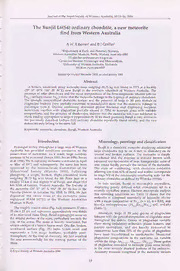
The Bunjil L6 (S4) ordinary chondrite, a new meteorite find from Western Australia

C Sharp How To Program
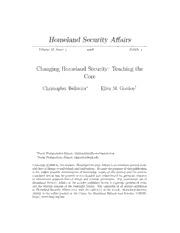
DTIC ADA484047: Changing Homeland Security: Teaching the Core

Full Circle Magazine FR
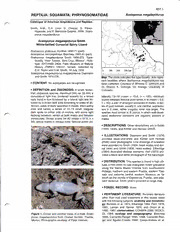
Sceloporus megalepidurus
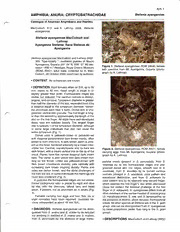
Stefania ayangannae

Mice Other Poems by Gerald Bullett
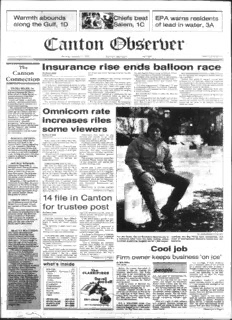
C anton (Extorter

Miles on Miles
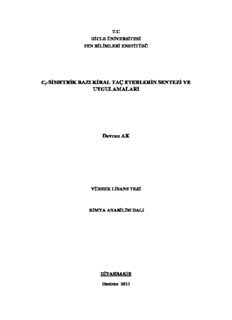
C2-SİMETRİK BAZI KİRAL TAÇ ETERLERİN SENTEZİ VE UYGULAMALARI Devran AK
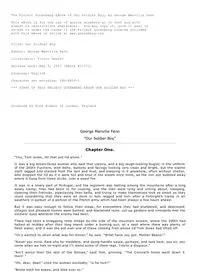
Our Soldier Boy by George Manville Fenn

Dickens in Camp by Bret Harte
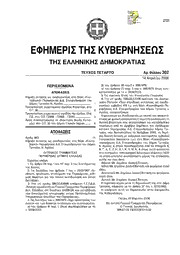
Greek Government Gazette: Part 4, 2006 no. 302
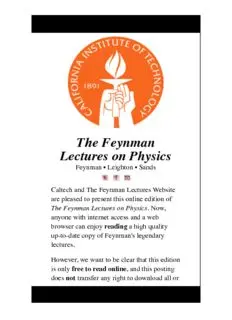
The Feynman Lectures on Physics
